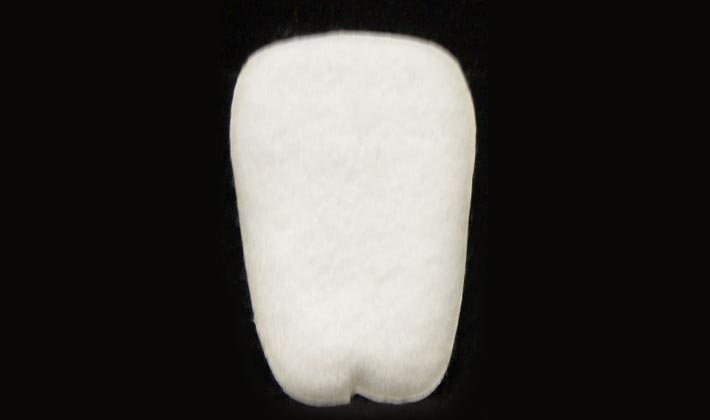I have one foot bigger than the other, how do I buy shoes that fit?
It’s important to figure out what to do if one foot is bigger than the other. For your foot health and comfort, it is important to buy properly fitted shoes but if your feet measured at two different sizes (and most people’s do) how do you decide which shoe size to purchase? I recommend three different solutions, depending on your situation:
Solution 1 for two different sized feet
If one foot measures within a half size of the other and you don’t have any other problems with your feet, purchase shoes to fit your largest foot. Although, you should buy footwear that fits your larger foot, it’s also important to make sure it fits your smaller foot. For example, my right foot is a 9.5 EEE and my left foot is a size 9 EEEEE. I can usually wear a 9.5 EEE shoe as long as it is a generous EEE width and the shoe is square at the toes. To make sure the shoes fit both of your feet, try them on and walk around in the store before purchasing them.
Solution 2 for different sized feet
 Some people have about one size difference between their feet. For these individuals it will be more difficult to get both shoes to fit comfortably without modifications. If you have different sized feet, you should visit a Canadian Certified Pedorthist to find a shoe that fits your larger foot and then have the second shoe modified to fit your smaller foot. Your Pedorthist may need to put a pad in the front of the shoe to draw your smaller foot towards the heel. A tongue pad (shown at the left) is a pad that is glued on the tongue of the shoe to help ensure a proper fit. A tongue pad makes the shoe fit tighter to keep the shoe from sliding around.
Some people have about one size difference between their feet. For these individuals it will be more difficult to get both shoes to fit comfortably without modifications. If you have different sized feet, you should visit a Canadian Certified Pedorthist to find a shoe that fits your larger foot and then have the second shoe modified to fit your smaller foot. Your Pedorthist may need to put a pad in the front of the shoe to draw your smaller foot towards the heel. A tongue pad (shown at the left) is a pad that is glued on the tongue of the shoe to help ensure a proper fit. A tongue pad makes the shoe fit tighter to keep the shoe from sliding around.
Mass shoe stores may suggest you put a heel cushion into your shoe to accommodate your shorter foot. However, the objective is to pull the back of your foot into the heel of the shoe and putting a heel pad in will achieve the opposite as it forces your foot to the front. Forcing your foot forward will make the shoe harder to wear because your heel will slide up and down. It also increases the risk of toe injury as your toes will bang the front of the shoe.
Solution 3 feet that are two different sizes
A smaller group of people have more than a two size difference between their feet. These people usually had trauma or surgery on their feet when they were growing up. They may also have a leg length discrepancy. It is unlikely footwear can be modified to fit such differently sized feet. However, there are a couple of solutions for this situation, depending of the type of shoes the person requires.
- If you require the shoes immediately, I recommend you purchase two pairs (one to fit the larger foot and a second to fit the smaller foot).
- If you have time to do some research, some specialty shoe manufacturers make mismatched pairs. They may charge a surcharge, but it is generally less expensive than buying two pairs of shoes.
- A few places such as the National Odd Shoe Exchange (http://www.oddshoe.org/) provide people with different sized feet a place to trade shoes that do not fit. You simply look on the exchange to find if there is someone with the opposite shoe needs. You then purchase two pairs of shoes, and send the pair that does not fit to the exchange. The exchange then sends you back a second new pair to meet your needs.
- Custom made shoes – shoes that are made specifically for you – are also an option. Although this is the most expensive option, custom shoes are the most likely to fit perfectly.
If you are having difficulty finding a shoe size that fits your needs, contact your Canadian Certified Pedorthist. Your Pedorthist is a footwear expert and will recommend the best solution for you.
By Jim Pattison, C. Ped (C), Prince Albert, SK
